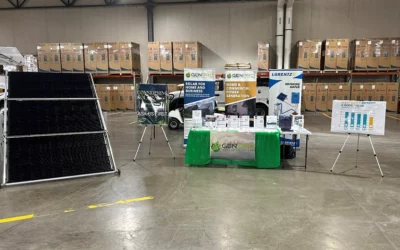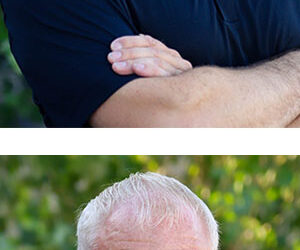Hurricane season is upon us, and with images of 2017’s Hurricane María still clear in the minds of many, it is a good idea to review what type of protection your homeowner’s insurance policy offers in case of damage caused by severe weather.
Most homeowner’s insurance includes coverage in case of a hurricane but may not cover storm-related flooding. Because of this, it’s wise to make sure that your policy offers protection against flooding, whether caused by storms, rains or other means. When reviewing your policy, also make sure it explicitly includes protection against hail and wind damage.

Recently, some policies have begun to adopt exclusions for hail and wind damage if the damage is cosmetic and not structural. This type of clause could be costly for homeowners, in particular those residing in areas where extreme weather conditions such as hailstorms and hurricanes are a possibility. But even for those living in areas less prone to bad weather events, it’s a good idea to compare homeowners insurance options and look for a policy that offers you more protection for your money.
Hail can be particularly punishing to exposed surfaces of your home. This includes solar panels. If yours is one of the over two million American homes with a photovoltaic (PV) power setup, then verify that your homeowners insurance covers the system, including the solar panels, battery packs, inverters and other equipment needed to turn sunshine into electricity. Most homeowner’s insurance policies cover roof-mounted solar panels without an increase in premiums. This is a good deal for homeowners, especially considering that these systems can lower your electricity bill and increase the value of the home. If your current policy does not cover solar panels, then it might be time to shop for better home insurance.

Contemporary solar power design is durable and impact-resistant, but is not indestructible. Most are built to withstand foul weather. The tempered glass used in their construction is durable, flexible, and capable of withstanding hail. Solar panels can take this type of punishment, unless wind speeds make dangerous projectiles out of broken tree branches and other debris. Solar energy installers take weather considerations into account when designing individual systems, which also helps in lowering the risk of hail and storm damage.
Although solar panels are the most exposed parts of a solar energy home setup, they are usually the most protected by home insurance. Other components, such as inverters and storage cells, are kept indoors but susceptible to damage due to flooding, which is often not covered by standard homeowners’ policies.
If you find your current policy protection lacking in any of these areas, there are plenty of options available. Look for the best one for your particular situation.
Want to learn more about Residential Solar?
See what it takes to power your future with solar energy. Make GenPro your energy partner today.

José A. Sánchez Fournier
José A. Sánchez Fournier is a writer with Money.com. Previously, he spent 15 years as a journalist with El Nuevo Día, the largest daily newspaper in Puerto Rico.
This article was written in partnership with Money.com


